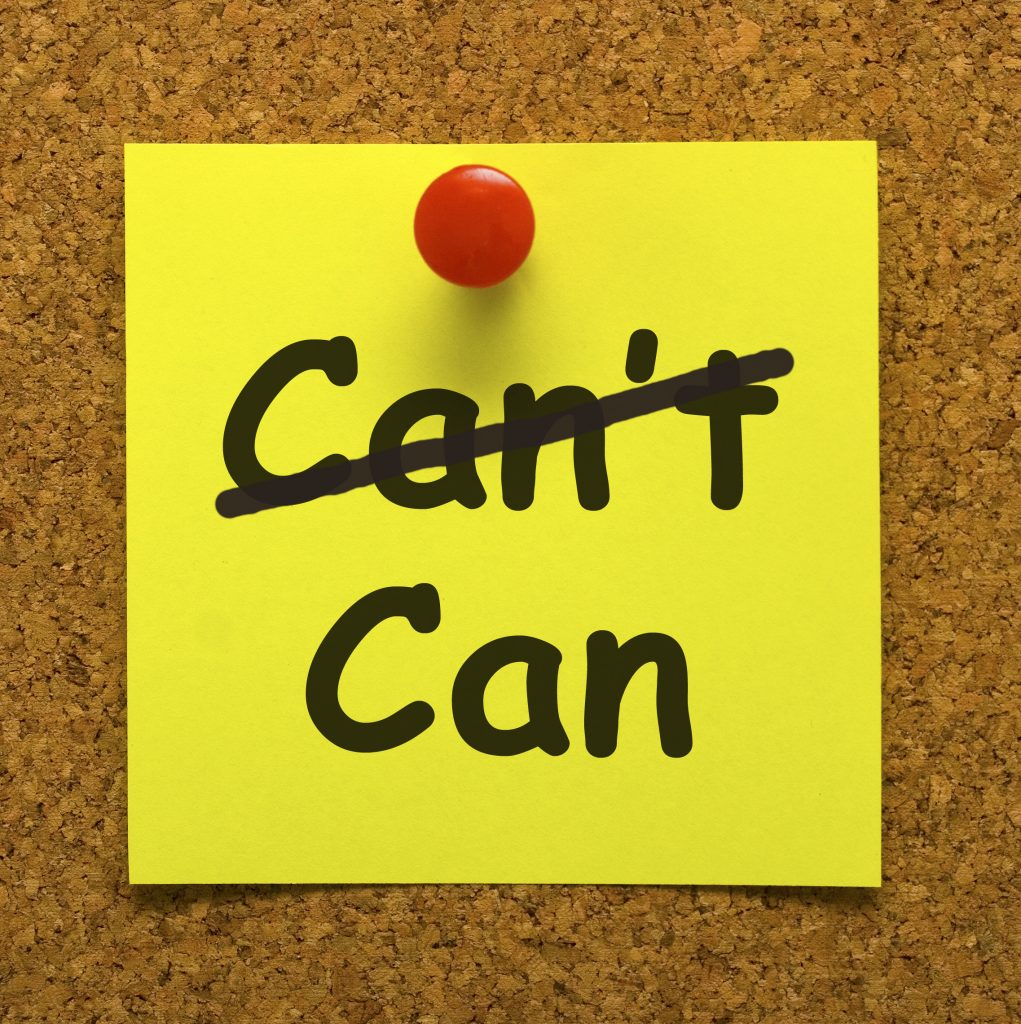Innovation requires agility as one of its fundamental pillars. This means your organization, technology, processes, products, and services need to be able to adjust rapidly, with the attitudes of your market. This agility is what allows organizations to get ahead and stay ahead of their competitors.
Repetition and Cadence
Getting your people in the habit of creating innovative solutions in an agile manner requires repetition and the proper cadence. The great thing about leveraging established models like Scrum, SAFe, and Kanban is the repetition and cadence is built in. The most commonly used model is Scrum, which we will talk about in a bit more detail.
With Scrum, there are a set of best practices and agile ceremonies that are leveraged with each project. Each project is broken down into Increments and Sprints. A Sprint is the normal timebox for the work being performed by the team, generally 2 – 4 weeks’ time. According to the Scrum Alliance “an increment is a body of inspectable, done work that supports empiricism at the end of the Sprint. The increment is a step toward a vision or goal. The increment must be in useable condition regardless of whether the Product Owner decides to release it.” To learn more about the specifics of implementing Scrum, visit the Scrum Alliance website. But the real question is, why do so many businesses adopt a methodology like Scrum and what could your organizations hope to get out of it if you are deciding to go that route as well? We will talk about the various ceremonies, some tips, and a few of the benefits they bring.
Planning Sessions
Planning sessions happen at the beginning of each iteration. They are structured to allow the team, Product Owner (PO), Subject Matter Experts (SMEs), and stakeholders to talk through what should be accomplished in the iteration to follow. The most important thing to remember with your planning sessions, is to have your product owner (decision maker or innovation creator) in the room when you plan each iteration. You want the product owner to tell you their thoughts on what type of business value they are trying to achieve while discussing what it would take to get the work done.
Daily Standup
Daily standups are used to keep the team in sync and to ensure that any impediments the team is encountering are called out as quickly as possible. The point of telling the team what you are working on is more about general situational awareness and a “coordination trigger” for other team members who might be working on other pieces of the same project that interface with what you are producing.
Review / Demo
At the end of each iteration, the team should present the work and business value that they have accomplished during that timeframe. The team uses these review sessions to showcase their work and to ensure the objectives have been met for the iteration. This is also a good place for the larger team to level set their understanding of the solution if the work will be handled across multiple iterations.
Retrospective
This is the team’s opportunity to collaborate amongst themselves to call out things that worked well and strategize on ways to improve things that worked less well. It is amazingly important to hold this ceremony after each and every iteration. Some teams believe that since they got the work accomplished or there was no issue that the retrospective is not needed. This couldn’t be further from the truth. Having a forum to openly discuss observations, perceptions, and ways to improve performance help teams to grow and bond quickly. It is important to note that these sessions should never become personal but should be kept as professional and courteous as possible. You have nothing but positives to gain from your retrospectives if done correctly.

Value to Your Business
Bringing agility into your innovation efforts is essential to the success of your business. Leveraging an existing model allows for quick and easier adoption while providing vast amounts of resources to use during your transition. For additional information on how agile practice can bring value to your business, check out our another one of our blogs titled, For Your Innovation Efforts to be Successful, it’s Important to Remain Agile.
Learn and Implement as You Go
There is a good chance that a transition of this size is going to be challenging in some ways for your organization. The great thing about agile models is they are structured to allow you to “learn as you go”. If you are a small to medium sized organization, chances are you are already operating in an agile fashion. Leveraging one of these models can help to bring some structure and easy repeatability to your day-to-day. If you are a medium to large sized organization, you may want to consider bringing in an agile coach or consultant to help with the transition. Getting your people to adopt a new way to do business can be difficult at times and coaches can help to guide you through some of these tough spots. For help with choosing or using agile models to be used with your innovation efforts or if you have any other questions, feel free to contact us at Ever Evolving.

Parting Note
There are some industries and instances where Scrum doesn’t make sense to use. If you work in manufacturing or distribution you may want to explore using the Kanban model. Here is an overview of Kanban:
- Each process issues requests (kanban) to its suppliers as it consumes its supplies.
- Each process produces according to the quantity and sequence of incoming requests.
- No items are made or transported without a request.
- The request associated with an item is always attached to it.
- Processes must not send out defective items, to ensure that finished products will be defect-free.
- Limiting the number of pending requests makes the process more sensitive and reveals inefficiencies.
The key point is to find what model works best for your organization and work it to your advantage!
